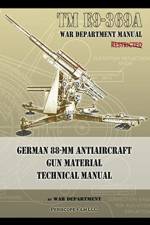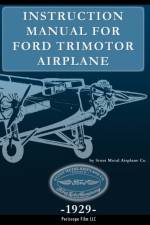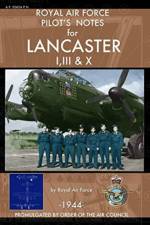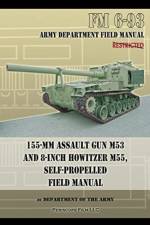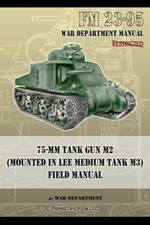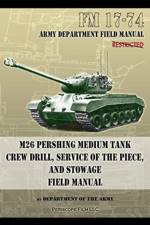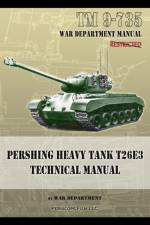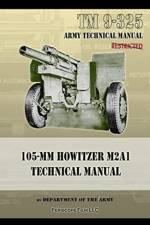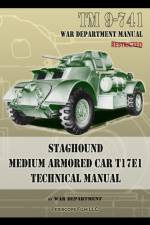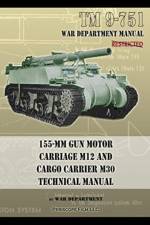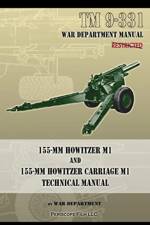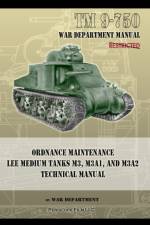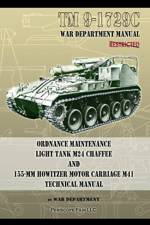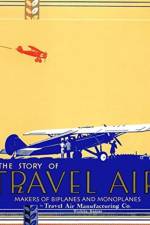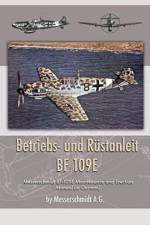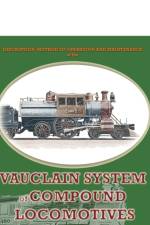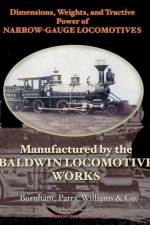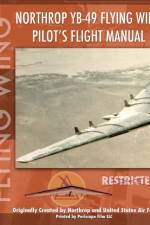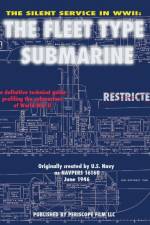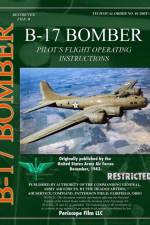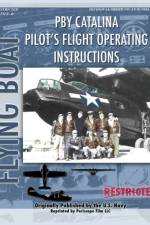- and 155-mm Howitzer Motor Carriage M41 Technical Manual
av War Department
267
The Light Tank M24 was an American tank used during the later part of World War II and in postwar conflicts including the Korean War and, with the French, in the War in Algeria and the First Indochina War. In British service it was given the service name Chaffee, after the United States Army General Adna R. Chaffee, Jr., who helped develop the use of tanks in the United States armed forces. In April 1943, the Ordnance Corps, together with Cadillac division of General Motors, started work on the new project, designated Light Tank T24. Every effort was made to keep the weight of the vehicle under twenty tons. The armor was kept light, with the glacis plate only twenty five mm thick (but sloped at sixty degrees from the vertical). A new lightweight 75 mm gun was developed, a derivative of the gun used in the B-25H Mitchell bomber. The gun had the same ballistics as the M3, but used a thinly walled barrel and different recoil mechanism. The design also featured wider (sixteen inch) tracks and torsion bar suspension. It had a relatively low silhouette and a three-man turret. On October 15, 1943 the first pilot vehicle was delivered and production began in 1944 under the designation Light Tank M24. By the time production was stopped in August 1945, 4,731 M24s had left the assembly lines. The M41 155-mm Howitzer Motor Carriage was based on the M24 Chaffee Light Tank fitted with an M1 155-mm Howitzer. In addition to the Howitzer, the M41 carried twenty two rounds of 155-mm ammunition. Also known as the Gorilla, the M41 eventually saw action in Korea. Created in 1947, this technical manual reveals a great deal about both the Chaffee's and M41's design and capabilities. Intended as a manual for those charged with maintenance, it details many aspects of the Chaffee's track and suspension, hull, turret and other systems. Originally labeled restricted, this manual was declassified long ago and is here reprinted in book form. Care has been taken to preserve the integrity of the text.


